F1 “NZWH” Shuiping Teapot B
$200.00
- Name: F1 “NZWH” Shuiping Teapot B
- Capacity: 100ml
- Material: Nei Zi Wai Hong
1 in stock
Description
Name: F1 “NZWH” Shuiping Teapot B
Year: 1977-1986 (green Label period)
Volume: 100 ml
Material: High-quality Nei Zi Wai Hong. High-fired.
Seal: Zhong Guo Yi Xing
Lid Seal: Not clear, the last character could be Juan
Filter: Seven holes
Pouring time: 10s +/-
(F1 “NZWH” Shuiping Teapot B )
This is a Factory 1 teapot that uses Nei Zi Wai Hong clay, meaning the teapot uses Purple clay but is coated on the outside with Red clay.
In those days, Red clay was more valuable and expensive, so they used this technique to lower costs.
Please take note of the following information: The craftsmanship of the teapot is acceptable but not perfect. The lid fit is tight, which is unusual for the era. The handle is not straight. The pouring takes about 10 seconds with some minor dripping. This teapot has some previous usage, so there are tea stains inside the pot and lid.
The teapot’s lid and body have a slight colour difference.
Back in the day, pots were fired in large quantities, and depending on the location of the pot, there was a broader temperature difference between the lid and the body, resulting in a colour difference.
The details mentioned above do not affect the usage in any way.
That said, the teapot has no chips or damage whatsoever. In case you want a teapot with better craftsmanship. I recommend choosing some of our Jing Dian Tao Fang teapots.
I have a few teapots of this type of clay from Factory 1. This clay is quite absorbent. It goes well with many kinds of roasted Oolongs, Shu Puer, Liu Bao, old sheng Puer and wet storage Sheng Puer. I have also used it with young Sheng Puer, and it mutes some of the higher notes of the tea.
However, I advise you to experiment with different teas and find what teas pair with the clay.
When buying a Factory One pot, please be aware of:
Generally speaking, these teapots do not have perfect craftsmanship compared to many modern teapots.
You can expect some natural kiln cracks on the (outer) surface of the clay, not perfectly aligned spout, knob and handle, tooling marks on the lid and mouth of the teapot, etc. Also, other natural signs from the kiln, i.e. black spots, which are iron oxide that melted during the firing. In addition, finding mica chips inside and outside of the teapot that look like tiny, shiny metal spots and silvery in appearance is frequent for these teapots.
When it comes to lid craftsmanship, it is rare to find a perfect fit. The lid tends to be slightly loose and may drip when pouring.
Additional information
| Weight | 610 g |
|---|
Reviews (0)
Only logged in customers who have purchased this product may leave a review.






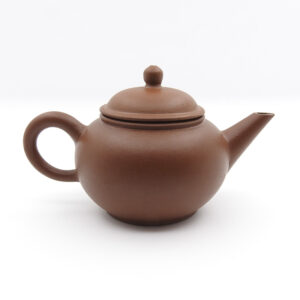


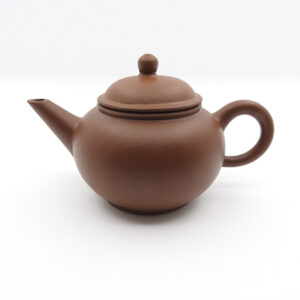
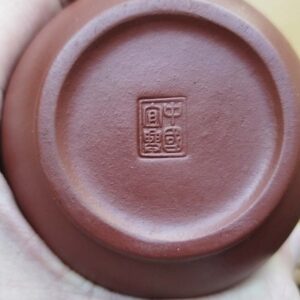
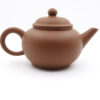
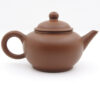
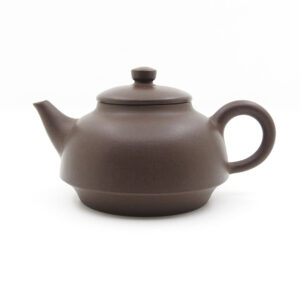


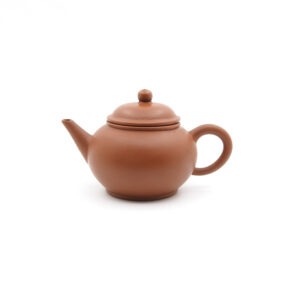
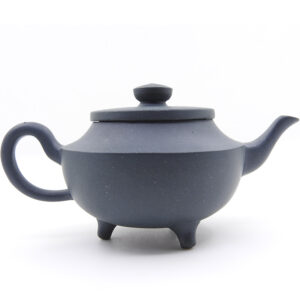





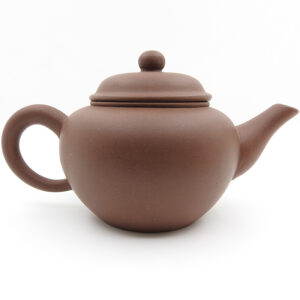

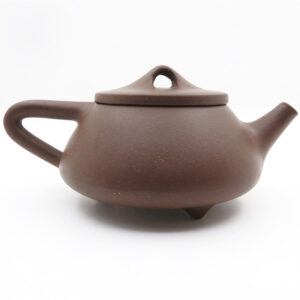

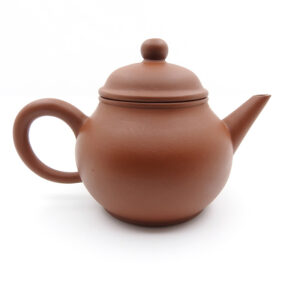

Reviews
There are no reviews yet.